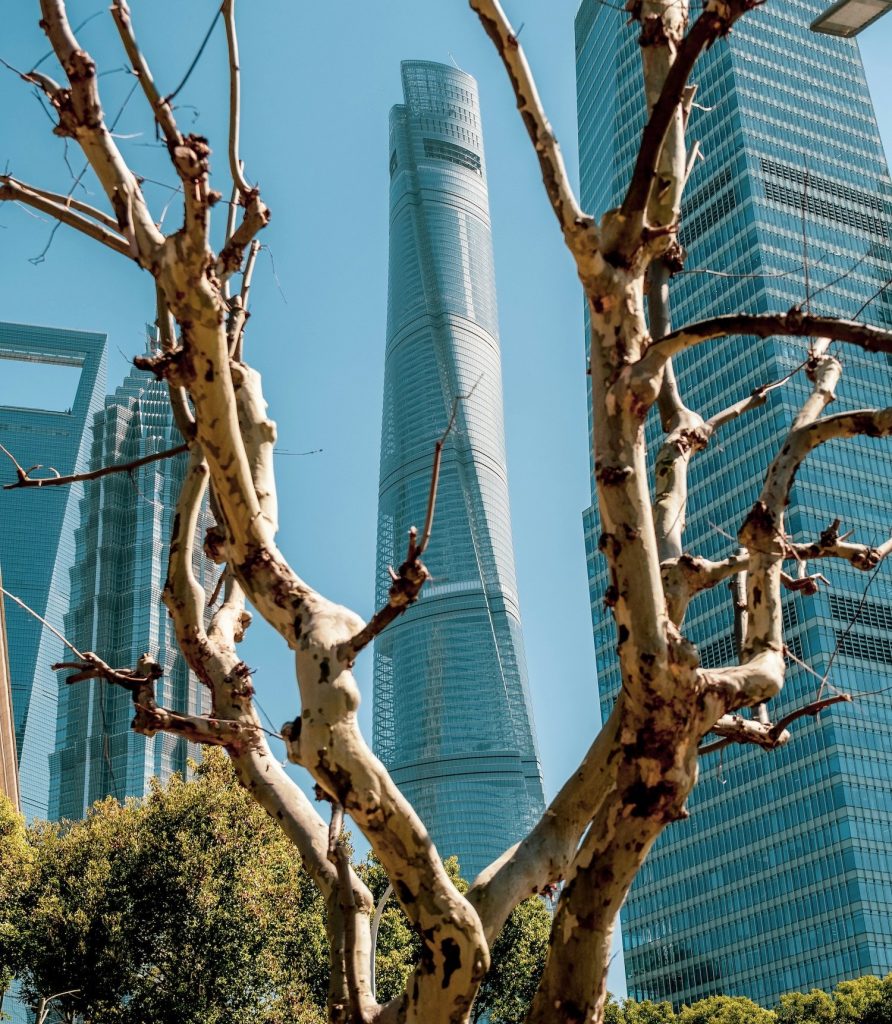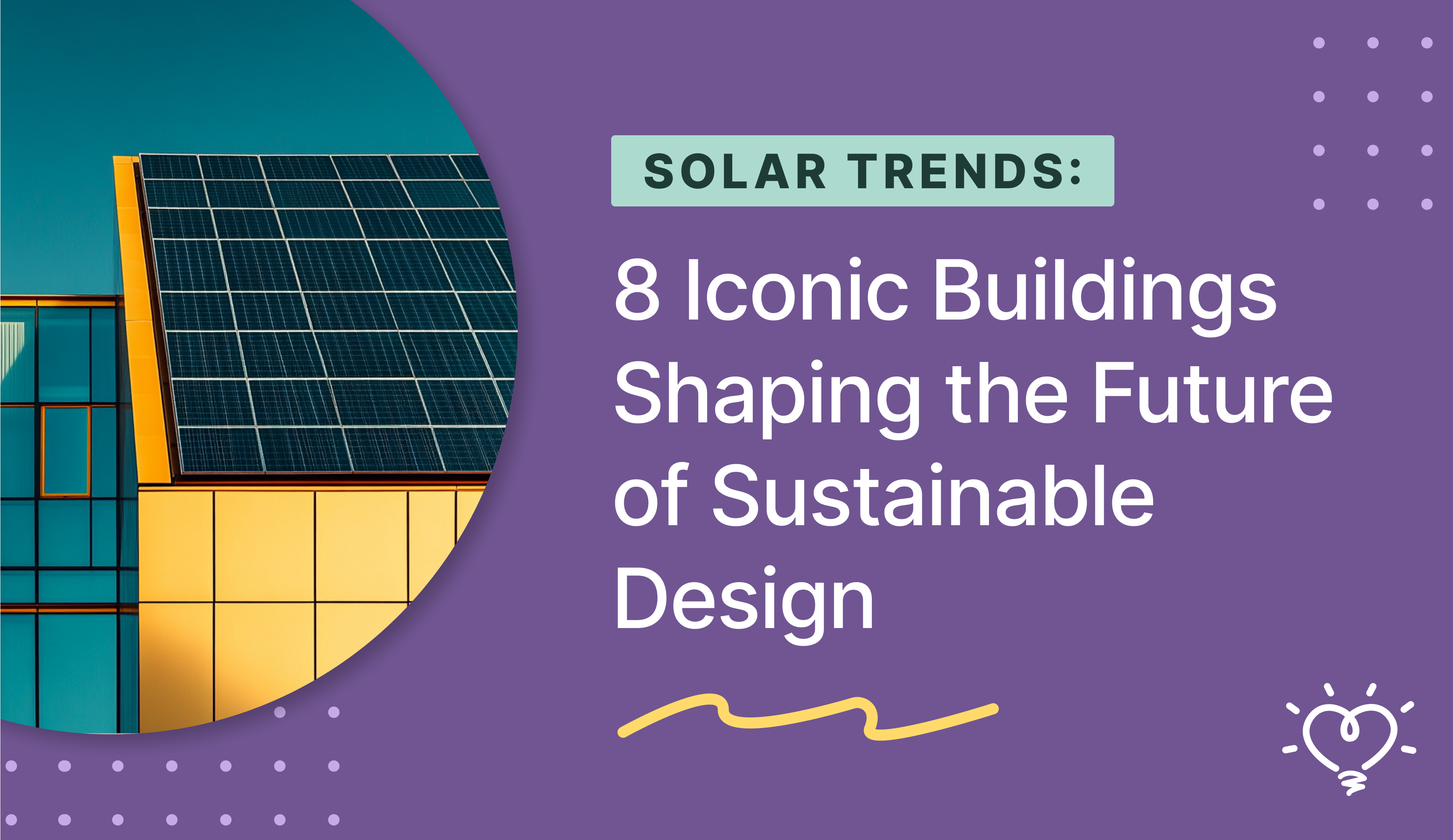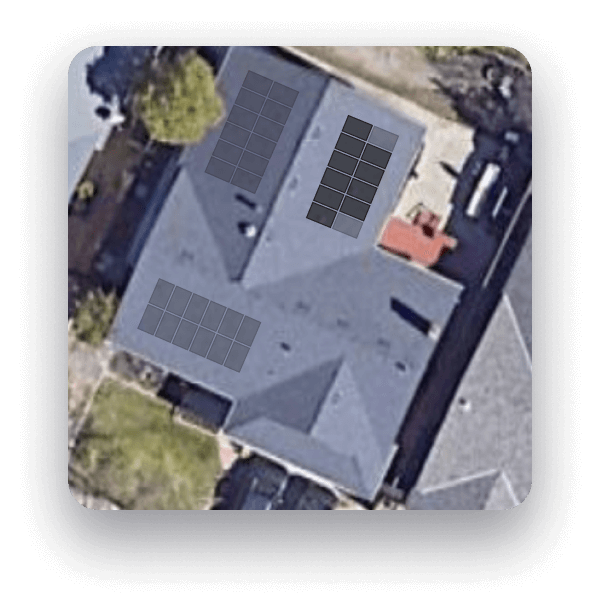As the world increasingly turns toward sustainable practices, architecture has followed suit, with many iconic buildings incorporating innovative green design. From skyscrapers that generate energy to residential towers that integrate greenery to mitigate urban heat, these buildings stand as architectural marvels and lead the way in environmental responsibility.
In this article, we explore some of the most impressive and sustainable buildings around the globe, each exemplifying how architecture can be both beautiful and eco-conscious.
8 Buildings That Prove Sustainability Can Be Stunning
From towering skyscrapers to innovative offices and schools, here are some of the world’s most forward-thinking sustainable designs.
1. Apple Park (California)
Located in Cupertino, Apple Park is one of the world’s leading examples of sustainable architectural design. It earned the nickname ‘The Spaceship’ because its circular structure spans 175 acres and can accommodate more than 12,000 Apple employees.
When constructing the ‘park,’ Apple used recycled and locally sourced materials to reduce its carbon footprint. The campus is entirely powered by renewable energy, including a massive 17-megawatt solar installation. There are over 9,000 drought-resistant trees, apple orchards, and a reclaimed water system aimed at reducing water consumption.

2. Shanghai Tower
The city’s most famous building stands at 2,073 feet and is the second tallest building in the world—and the tallest in China. The tower features a unique double-layered glass facade that creates a thermal buffer zone and reduces heating and cooling needs by maintaining a consistent interior temperature while allowing natural light to flood the building.
From an architectural standpoint, the tower features a unique aerodynamic design that twists to reduce wind loads. Wind turbines are located at the top of the building and generate power for exterior lighting. The tower also has integrated energy-efficient heating, ventilation, and air conditioning systems.

3. Bosco Verticale (Milan, Italy)
Translating to ‘Vertical Forest,’ Milan’s Bosco Verticale is a pair of residential towers that seamlessly integrates greenery and sustainability. Stefano Boeri Architetti is the brains behind the design, and the towers completed construction in 2014. Now a decade old, Bosch Verticale was among some of the more noteworthy urban designs that blend living spaces with biodiversity.
The two towers are home to over 900 trees, 5,000 shrubs, and 11,000 plants, making this a large and diverse forest. The greenery creates a microclimate around the building, which reduces the urban heat island effect and protects the facade from direct sunlight, wind, and noise.

4. Cube Berlin
As its name suggests, Cube Berlin resembles an ice cube with sharp edges and a striking double-skin facade that reduces heat loss in winter while preventing excessive heat gain in summer. Though not immediately apparent, the Cube’s facade is also covered with solar panels embedded directly into the glass.
Designed flexibly, the Cube features various spaces intended to foster team collaboration. As a ‘smart building,’ its energy consumption is constantly monitored and optimized for maximum efficiency.

5. Copenhagen International School
Designed by C.F. Møller Architects and completed in 2017, Denmark’s Copenhagen International School (CIS) has several sustainability features. First, it has a high-performance building envelope, which is a physical barrier between the interior and exterior environment to optimize energy efficiency, durability, and indoor air quality. It also has a solar panel-covered facade that generates about half the school’s energy needs.
Another way CIS supports sustainability is through rainwater harvesting and water efficiency. The school collects water through rainwater harvesting systems, which are then used for non-potable purposes like irrigation.

6. Museum of Tomorrow (Rio de Janeiro, Brazil)
Spanish architect Santiago Calatrava wanted to create something innovative and sustainable when designing The Museum of Tomorrow. The museum in Rio de Janeiro is highly energy efficient and generates as much energy as it consumes. The flowing roof features solar panels that generate electricity to power the building and a design that maximizes natural ventilation.
The Museum of Tomorrow is made from sustainable materials, and its design takes advantage of natural light and passive cooling techniques. The white, almost skeletal roof stretches over the building, and its shape complements the museum’s theme of looking toward the future and innovation in science and technology.

7. Hearst Tower (New York City)
New York City is known for having one of the most iconic skylines, and a prominent feature of this skyline is the Hearst Tower. Completed in 2006 and designed by Norman Foster, the 46-story skyscraper blends innovation with environmental responsibility and has even earned a LEED Gold certification.
One of the most impressive features is its rainwater harvesting system, which you can see in action from the tower’s atrium. The three-story glass and water sculpture, ‘Icefall,’ recycles rainwater from the roof. Hearst Tower’s green roof and stormwater management also provide insulation, lowering the building’s energy needs.

8. Vancouver Convention Centre
Opened in 2009, the Vancouver Convention Centre (VCC) is among the world’s most sustainable convention centers, and for good reason. Its living roof spans over six acres and is designed to mimic the natural landscape of the surrounding area. It also reduces stormwater runoff and helps regulate the building’s temperature.
The VCC has an energy recovery system that captures waste heat from the building’s operations and uses it to regulate temperature, reducing energy consumption. Like Hearst Tower, the convention center was designed to maximize natural lighting and minimize the need for artificial lighting.

Final Thoughts
All eight of these buildings show how sustainable design can be practical and visually stunning. From energy-efficient skyscrapers to green rooftops, they set an example of how architecture can minimize environmental impact while enhancing our living and working spaces. As sustainability continues to shape the future of design, these structures offer a glimpse of what’s possible when innovation meets eco-conscious planning.




























